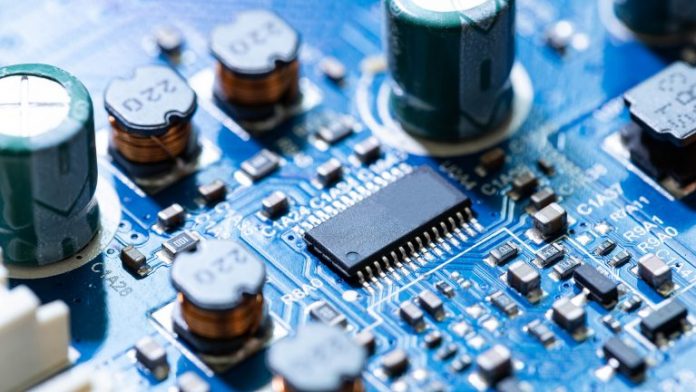Researchers at VTT Technical Research Centre of Finland are developing sustainable electronics with novel printing methods and bio-based materials.
Scientists have predicted that by 2050, the amount of electronics produced will rise exponentially, and the use of raw materials in the sector is anticipated to double. As a result, the amount of electronic waste is also set to rise massively. In fact, in the last 16 years, the amount of electronic waste has nearly doubled. Shockingly, only 20% of waste is collected efficiently.
Due to this staggering waste, the EU is calling for more sustainable solutions from the electronics industry. VTT is responding to this call by combining printed electronics, bio-based materials, and eco design thinking.
Producing sustainable electronics
It is possible to drastically lessen the environmental load of the electronics industry shifting from traditional industrial methods to printed electronics and from fossil-based materials to bio-based materials.
By using printing processes, as much as 90% of fossil materials can be substituted in certain applications. As well as this, energy consumption may reduce to one fifth in comparison to traditional processes. Meanwhile, ecodesign, stimulates the efficient use, recycling, and recovery of precious materials.
VTT has flexible knowledge in all of these areas and can offer wide-ranging information in both electronics development and sustainable materials.
In the ECOtronics project funded by Business Finland, this expertise has come together to evaluate the environmental load of electronics and to create sustainable solutions and establish their viability.
“The environmental impact of electronics is caused by, among other things, the used raw materials and manufacturing processes and the use, recycling and post-treatment of products. The environmental load must be examined on a case-by-case basis throughout the life cycle of the product so that the right route to reduce it may be found,” explained Lisa Hakola, the leader of the ECOtronics project at VTT.
Practical solutions
VTT and the university partners have examined the practicability of novel sustainable solutions through demo cases. The subject of one demo was a smart label printed on bio-based plastic, which is fuelled by a supercapacitor rechargeable with solar panels, even indoors. The label can be included as a part of the product packaging and can be utilised for all sorts of things including the transport conditions of food and medicines or other heat-sensitive products.
The solution is also appropriate for observing various spaces and for examining moisture, pressure or damage sustained by products. Another demo case involved a biodegradable antenna connected to a circuit board, which can be utilised for all sorts of purposes such as the wireless transfer of measurement data.
One of the many benefits of bio-based materials is that their properties can be altered in a variety of ways, which allows entirely new applications.
“For example, a smart label is light, thin and flexible. It is suitable for, among other things, wearable electronics for which traditional heavy, thick and rigid circuit boards are not suitable. We will continue to explore these opportunities,” said Maria Smolander, Research Team Leader at VTT.
Meeting industry needs
VTT assists businesses in the electronics industry to discover novel solutions for sustainable electronics. Eight companies interested in sustainable electronics took part in the ECOtronics project. For example, the package industry operator Iscent accepted assistance in material selection and testing, and the health technology developer GE Healthcare in ecodesign and environmental impact assessment.
“We wanted to explore and test new bio-based materials, and we found new alternatives, one of which was perfectly suited to our customer. This helped us to sign a significant contract,” added Raimo Korhonen, Partner and Project Manager, Iscent Oy.
GE Healthcare wished to explore the environmental effects of its new pulse oximeter, which is a cordless device placed on a patient’s finger.
“We compared the environmental load of our product concept with the alternatives available on the market and examined possible benefits and problem areas in terms of environmental impact. The significance of the environmental load was also assessed by comparing it with examples from everyday life, such as one litre of milk. In this comparison, the product concept’s performance was excellent,” concluded Juha Virtanen, Hardware Project Leader, GE Healthcare.









